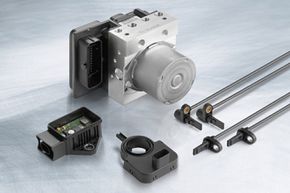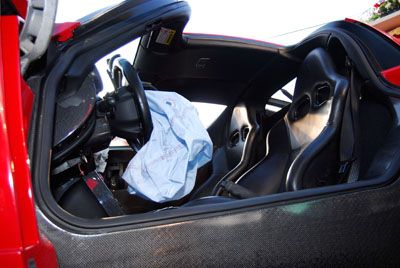Driving safety has been a major focus of the automotive industry for many years. Car manufacturers have poured millions of dollars into researching safety and regulatory devices and the result has been an astonishing improvement in the safety of even the most inexpensive vehicles. It's easier now than it's ever been to find a car that will let you and your family ride in comfort and safety.
Quite a few of the new automotive safety technologies are based around computers, micro-circuitry that can sense what the car and its driver are doing and compensate for any problems that may threaten the well-being of the car and its passengers. Some of the most impressive safety improvements involve braking. The ability to stop a car in a safe manner is crucial in preventing accidents. Antilock braking systems (ABS) are now found in almost all cars, and with the addition of refinements like electronic skid control (ESC) these systems, along with an alert driver, can stop many accidents before they ever happen.
Advertisement
One of the most successful recent refinements to antilock braking systems has been electronic brake force distribution, or EBD. EBD is based on the principle that not every wheel needs to put forth the same effort into bringing the car to a stop.
EBD is based on the principle that the weight being supported by the wheels of your car isn't evenly distributed. Some wheels carry a heavier load than others and will require more brake force in order to bring the car to a stop without it going out of control. Furthermore, the amount of weight being supported by a wheel shifts during the braking process, so the amount of force necessary at each wheel can change rapidly. An EBD system can not only detect how much weight is being supported by each wheel, but change the amount of braking power sent to each wheel on an instant-by-instant basis.
How have automobile manufacturers achieved this minor technological miracle? And how important is it for you to buy a car with a state-of-the-art EBD system? You'll find the answers to these questions on the next few pages.
Advertisement





